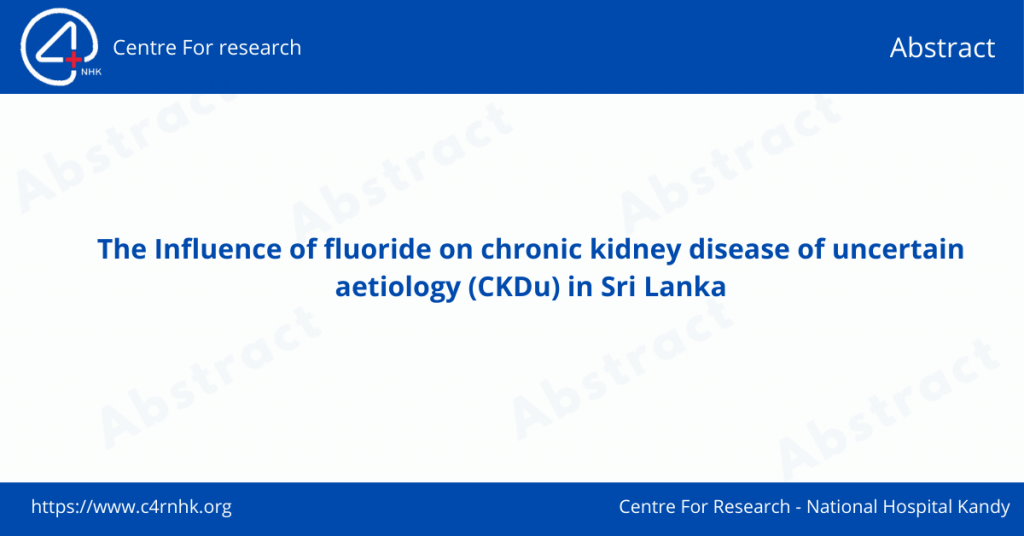Li, L., Astor, B. C., Lewis, J., Hu, B., Appel, L. J., Lipkowitz, M. S., … & Greene, T. H. (2012). Longitudinal Progression Trajectory of GFR Among Patients With CKD. American Journal of Kidney Diseases, 59(4), 504–512.
Introduction
The study by Li et al. aimed to investigate the longitudinal trajectories of estimated glomerular filtration rate (eGFR) progression among patients with chronic kidney disease (CKD). The traditional paradigm views CKD progression as following a steady, nearly linear decline in GFR over time. With extended follow-up of up to 12 years and frequent eGFR measurements in the African American Study of Kidney Disease and Hypertension (AASK) cohort, the authors sought to determine if this linear trajectory accurately describes kidney function decline or if nonlinear patterns and periods of nonprogression are also common.
Critique
A major strength of this study is the unique AASK dataset with very long-term follow-up (median 9 years) and up to 30 serial eGFR measurements per patient over 12 years, allowing for robust characterization of individual eGFR trajectories. The Bayesian statistical modeling approach also represents a rigorous, sophisticated technique to flexibly model the eGFR curves independent of assumptions of linearity. The clinically meaningful definitions used for nonlinearity (≥3 ml/min/1.73m2/year difference in slopes between faster and slower progression periods) and nonprogression periods (≥4.5 years with slope ≤-2 and mean slope ≥-1) represent objective criteria directly relevant to assessing deviations from the traditional model of CKD progression.
However, some important limitations should be noted. The study population consisted only of African Americans with hypertensive CKD enrolled in a clinical trial, so generalizability may be limited. The restriction to patients who survived at least 3 years without ESRD to allow assessment of trajectory patterns also introduces bias. The reliance on estimating GFR equations rather than direct GFR measurement introduces some inaccuracy, though the authors argue this is unlikely to substantially impact assessment of the large eGFR changes defining nonlinearity over extended periods. Finally, the specific thresholds used to define nonlinearity and nonprogression, while clinically grounded, do have an element of subjectivity.
Conclusion
In summary, this study by Li et al. provides important evidence that conventional assumptions of steady linear decline may not accurately characterize the progression of many patients with CKD. A substantial proportion of patients in the AASK cohort displayed statistically robust nonlinear eGFR trajectories with either periods of nonprogression or more rapid decline. Some even experienced both prolonged stable/increasing eGFR periods and significant declines. While the generalizability is limited by the trial population studied, these findings challenge the traditional view of CKD as an inevitably relentless process. Further research is warranted to understand time-varying determinants associated with desirable eGFR trajectories and periods of nonprogression. The hope that CKD may not always be progressive in all patients should encourage deeper interrogation of factors that could stabilize or improve kidney function over time.


